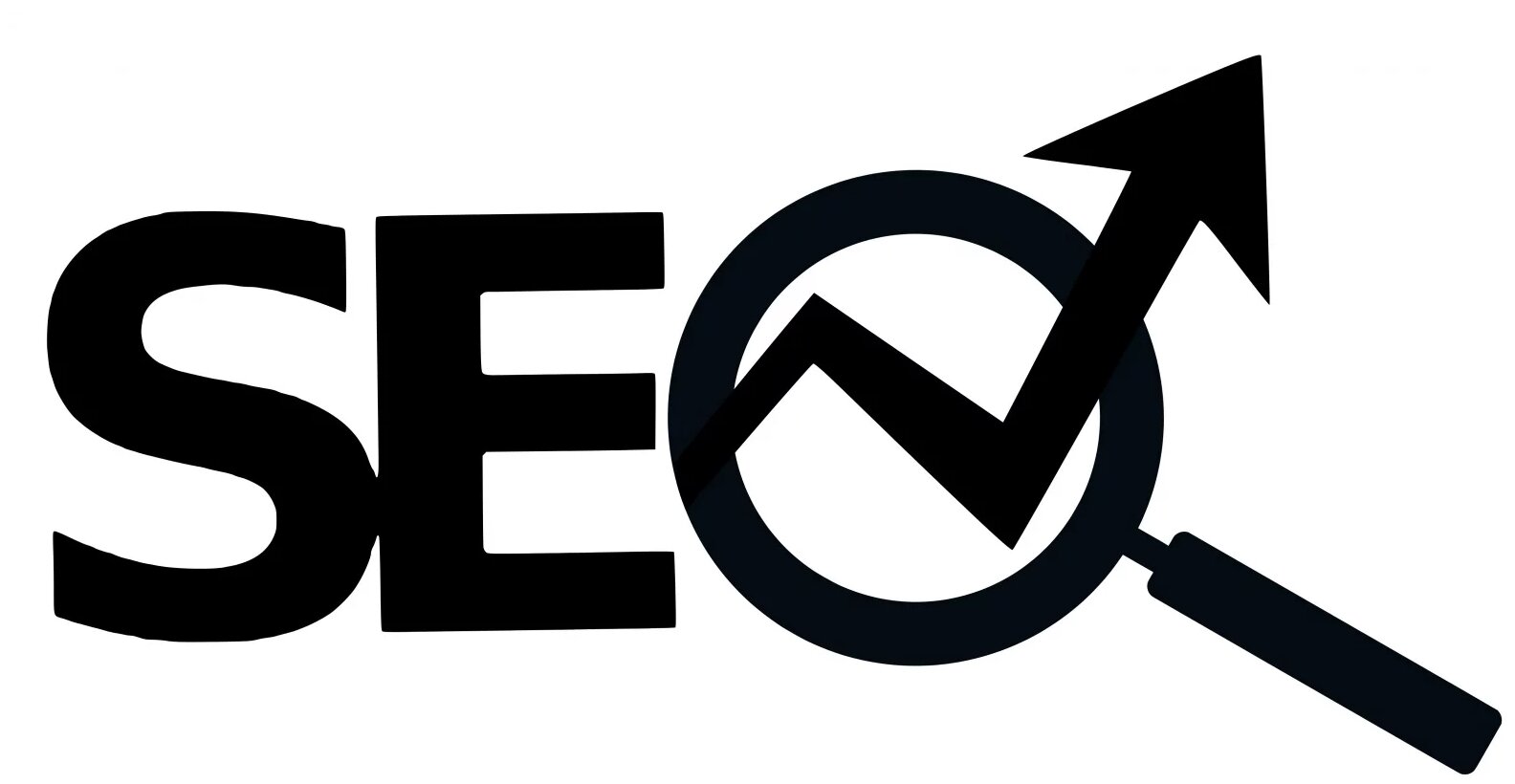Improving how a website performs involves multiple layers of optimization, and one of the most direct and measurable influences is on-page SEO. These services address elements that reside directly within a website—content, structure, tags, and internal linking. While off-page efforts like backlinks and social signals drive authority, on-page SEO sets the foundation for how effectively a site is crawled, indexed, and ranked.
This article explains how on-page SEO services contribute to overall site performance, from visibility and user experience to crawlability and conversion optimization. It is structured to align with real search intent, satisfy indexing algorithms, and maintain user relevance throughout.
How On-Page SEO Supports Site Visibility in Search Engines
On-page SEO controls how well a page communicates its purpose to search engines. Search crawlers rely on semantic signals embedded in the content and structure to evaluate relevance.
HTML Elements Influence Indexing
HTML tags like <title>, <meta>, <h1>–<h6>, and <alt> carry meaning that helps search engines understand page context. Accurate and keyword-aligned tags improve visibility in rankings.
Keyword Placement and Density Signal Relevance
Search engines scan for topic alignment through terms used in the first 100 words, headings, and subheadings. Effective keyword optimization must balance placement with natural language flow to align with NLP models.
Structured Content Improves AI Interpretation
BERT and similar models prioritize well-structured content with clear semantic relationships. Using subheadings, short paragraphs, and logical order supports better comprehension by machines and humans alike.
Role of Internal Linking in Search Engine Flow and User Navigation
Internal linking affects how authority and relevance are distributed across pages. It also helps users move between related content easily, supporting both engagement and crawlability.
Link Architecture Supports Crawl Depth
Pages with consistent internal links are more likely to be indexed. Search engines follow these links to uncover deeper content that may otherwise be missed.
Anchor Text Optimization Guides Relevance
Anchor text using semantically relevant phrases helps clarify what the linked page is about. This impacts keyword targeting and user expectations.
Topic Clustering Enhances Topical Authority
Organizing pages into topic clusters, each linked to a core “pillar” page, creates a structure that search engines understand as expertise signals. This model supports higher topical relevance.
Content Optimization Improves Engagement and Dwell Time
Search performance depends not just on clicks, but on how users interact with content after they arrive. On-page SEO services fine-tune content to increase engagement and reduce bounce rates.
Readability Directly Affects Dwell Time
Clear, concise, and logically ordered content leads to longer visits. Short sentences, plain language, and meaningful headers help users absorb information quickly.
NLP-Friendly Formatting Aids AI Parsing
AI models like SBERT look for semantic consistency. Using synonyms, LSI keywords, and related terms in a consistent topic scope improves parsing accuracy.
Conversion-Focused Elements Drive Outcomes
On-page SEO often integrates calls to action, internal offers, or sign-up forms. These elements support measurable goals such as lead generation or purchases.
Technical On-Page SEO Influences Load Time and Mobile Usability
Site speed and mobile performance are tied directly to on-page technical factors. These elements are now part of Google’s Core Web Vitals, affecting ranking directly.
Page Speed Optimization Reduces Drop-Offs
Faster-loading pages reduce bounce rate and support positive UX. Compression, lazy loading, and image optimization are common tactics.
Mobile Responsiveness Affects Search Visibility
Search engines prioritize mobile-friendly pages. On-page services ensure layout, fonts, and interaction work correctly across devices.
Schema Markup Improves Rich Result Eligibility
Schema.org structured data provides search engines with specific details about content, such as product info, FAQs, or reviews. This can lead to enhanced visibility in search results.
Core On-Page SEO Services and Their Site Impact
| On-Page Element | Function | Impact on Site Performance |
|---|---|---|
| Meta Tags | Communicate page content to search engines | Influence CTR and keyword visibility |
| Header Tags | Define content hierarchy | Improve scannability and indexing context |
| Keyword Optimization | Match user queries | Boosts page relevance for target terms |
| Internal Linking | Navigate users and pass link equity | Supports crawl depth and SEO hierarchy |
| Image Alt Attributes | Describe image content | Helps with accessibility and image search rankings |
| Mobile Optimization | Adjust layout for devices | Reduces bounce rate on smartphones and tablets |
| Page Speed Optimization | Load pages faster | Enhances UX and Core Web Vitals |
| Schema Markup | Add structured metadata | Enables rich snippets and AI feature eligibility |

Common Question: How Much Does On-Page SEO Affect Overall Rankings?
On-page SEO does not operate in isolation but is foundational to every other SEO effort. A website that lacks on-page optimization may struggle to benefit from backlinks, social proof, or off-site authority because search engines cannot clearly understand its relevance. When on-page elements are correctly aligned, they create a context in which external signals can have a greater impact.
Search engines use hundreds of signals, but the base layer is how a page presents its intent and content. This is what on-page SEO addresses directly.
Conclusion
On-page SEO services influence every major factor that determines a site’s performance in search results—visibility, user behavior, crawlability, and conversion potential. Structured, semantically aligned content helps search engines interpret the page correctly, while internal linking and technical tuning ensure smooth navigation and fast performance. Partnering with a digital marketing company can support the implementation of these on-page strategies to improve overall site effectiveness.
Whether managing a commercial property website or a residential blog, investing in on-page SEO strengthens the entire SEO framework. The benefits compound over time, making the site easier to find, faster to load, and more relevant to searchers.
FAQs
What is the difference between on-page and off-page SEO? On-page SEO focuses on elements within the website—like content, internal links, and HTML tags. Off-page SEO involves factors outside the site, such as backlinks, reviews, and social signals.
How do header tags affect SEO performance? Header tags structure content for clarity. <h1> to <h6> elements signal content hierarchy, helping both search engines and users understand topic flow and relevance.
Why is keyword placement important in on-page SEO? Strategic placement of keywords in titles, headers, and early paragraphs improves the chance of ranking for those terms. It tells search engines what the page is about.
What role does schema markup play in search rankings? Schema helps search engines interpret page details by adding structured metadata. It can lead to enhanced search results, like star ratings or FAQs, improving click-through rate.
Can poor mobile optimization harm on-page SEO? Yes. Search engines prioritize mobile usability. A poorly optimized mobile layout can lead to higher bounce rates and lower rankings due to poor Core Web Vitals.
Reviewer: James Anderson has 7 years of experience in digital marketing. He reviewed this article and shared practical advice to help small businesses enhance their online presence and attract more customers.










